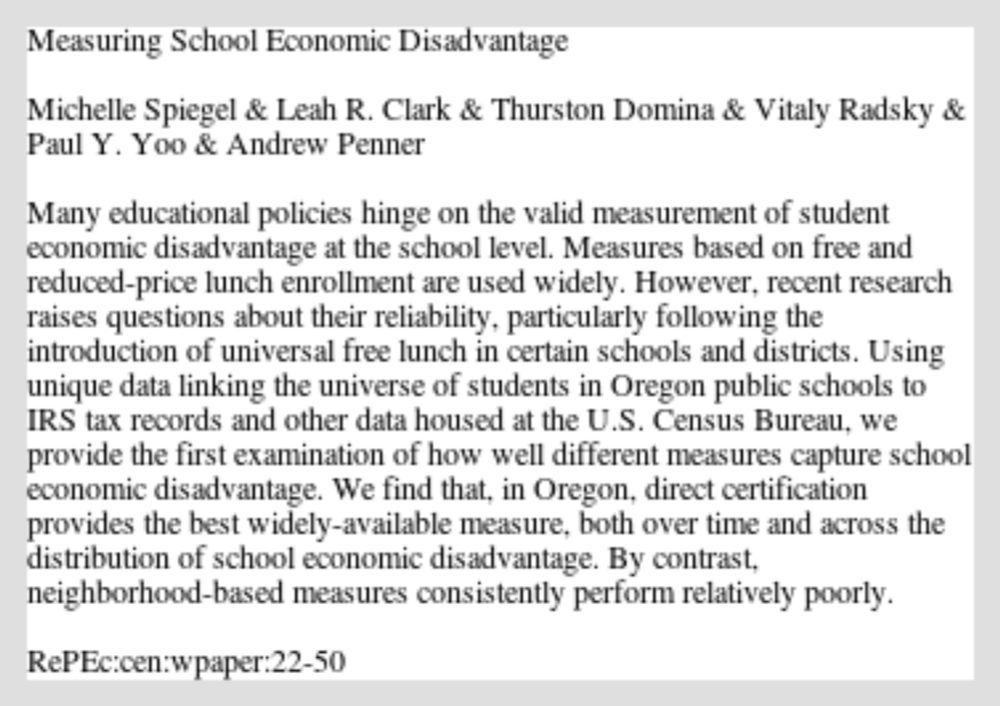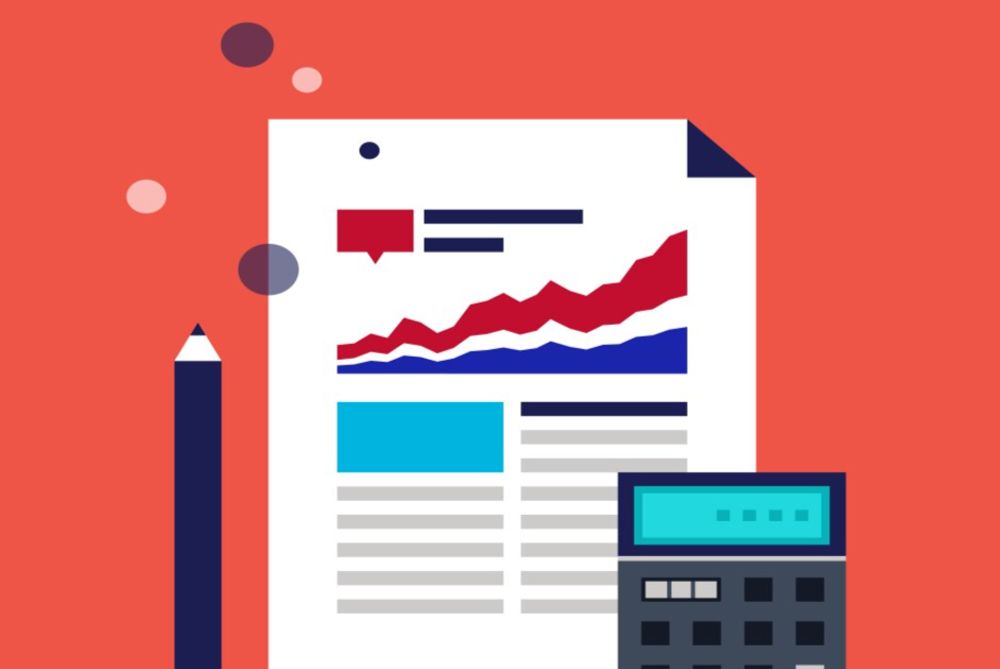
-English learners
-Homeless students
-Migrant students
-Teacher PD
-Civics ed.
-Literacy
-Arts ed.
-Preschoolers with disabilities
-Adult learners
-Rural schools
-School desegregation
-Alaska/Hawaii Native students
www.edweek.org/policy-polit...

-English learners
-Homeless students
-Migrant students
-Teacher PD
-Civics ed.
-Literacy
-Arts ed.
-Preschoolers with disabilities
-Adult learners
-Rural schools
-School desegregation
-Alaska/Hawaii Native students
www.edweek.org/policy-polit...
Or bug me, @michspieg.bsky.social, @andrewpenner.bsky.social, @emilykpenner.bsky.social, or @t-h-a-d.bsky.social to discuss further!
Or bug me, @michspieg.bsky.social, @andrewpenner.bsky.social, @emilykpenner.bsky.social, or @t-h-a-d.bsky.social to discuss further!



